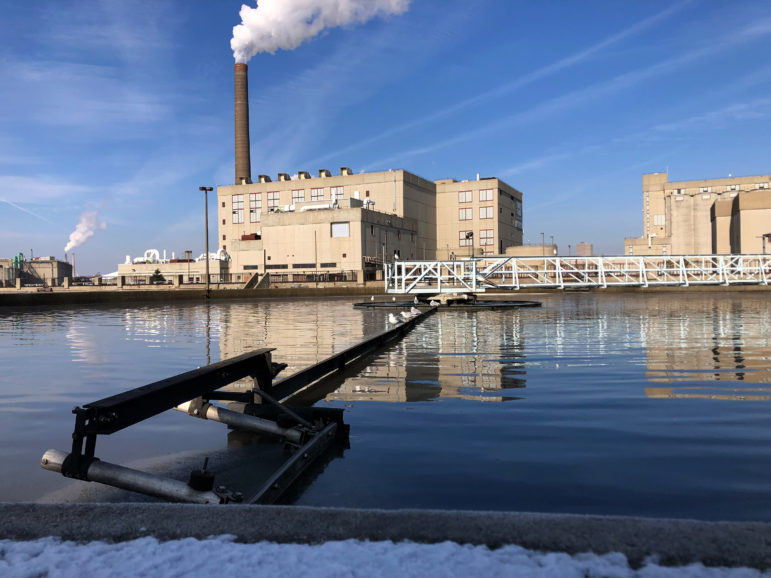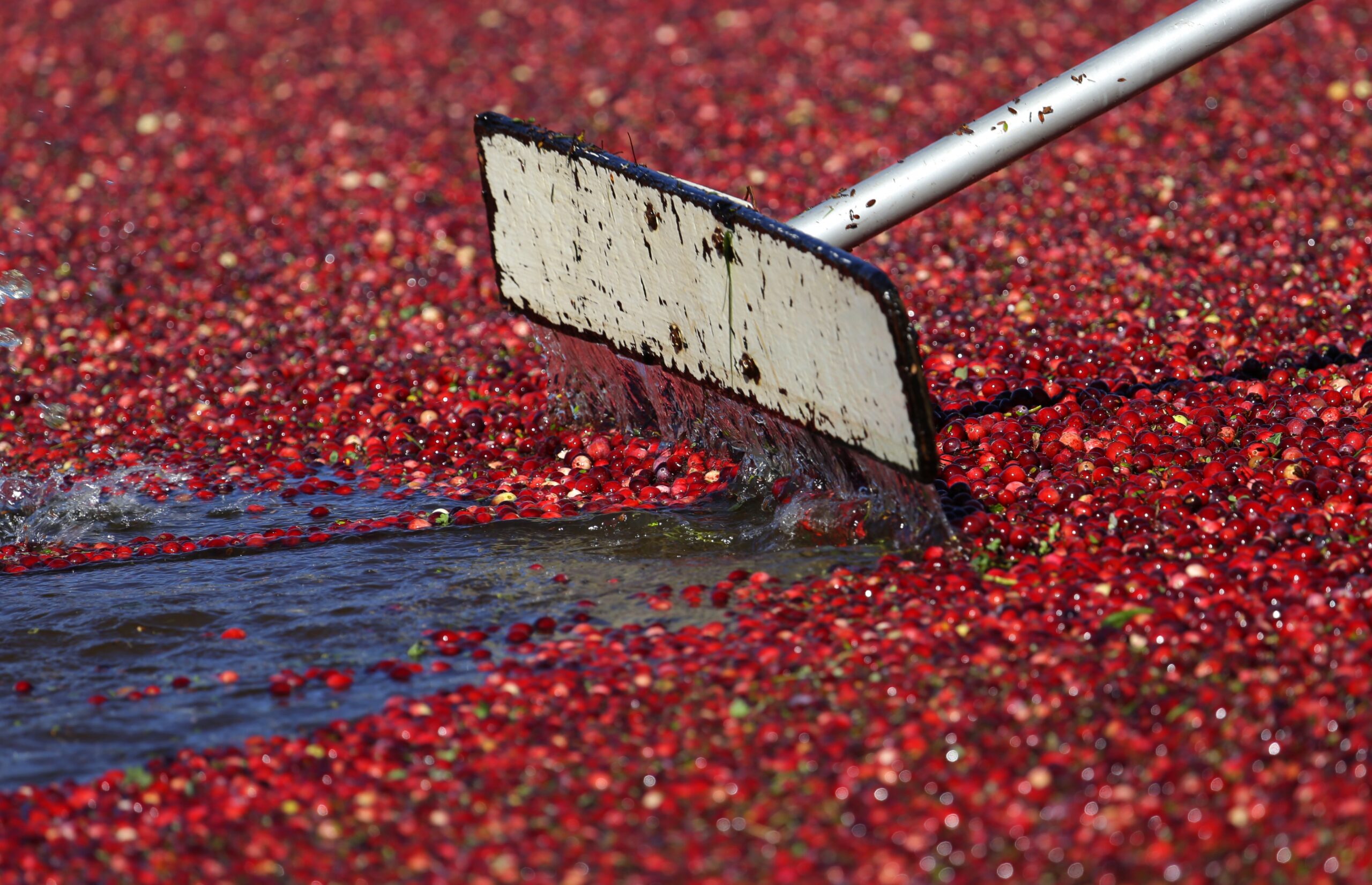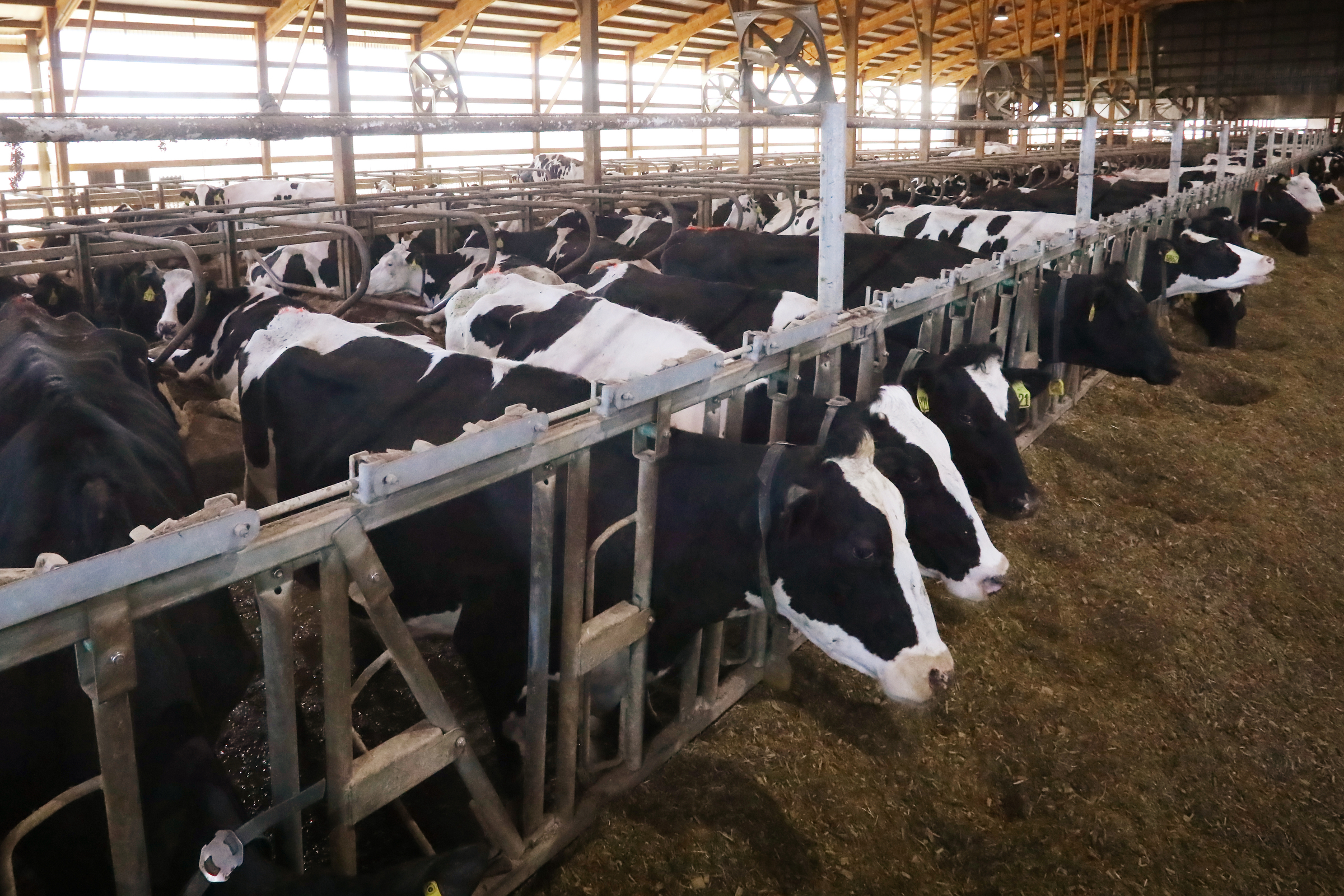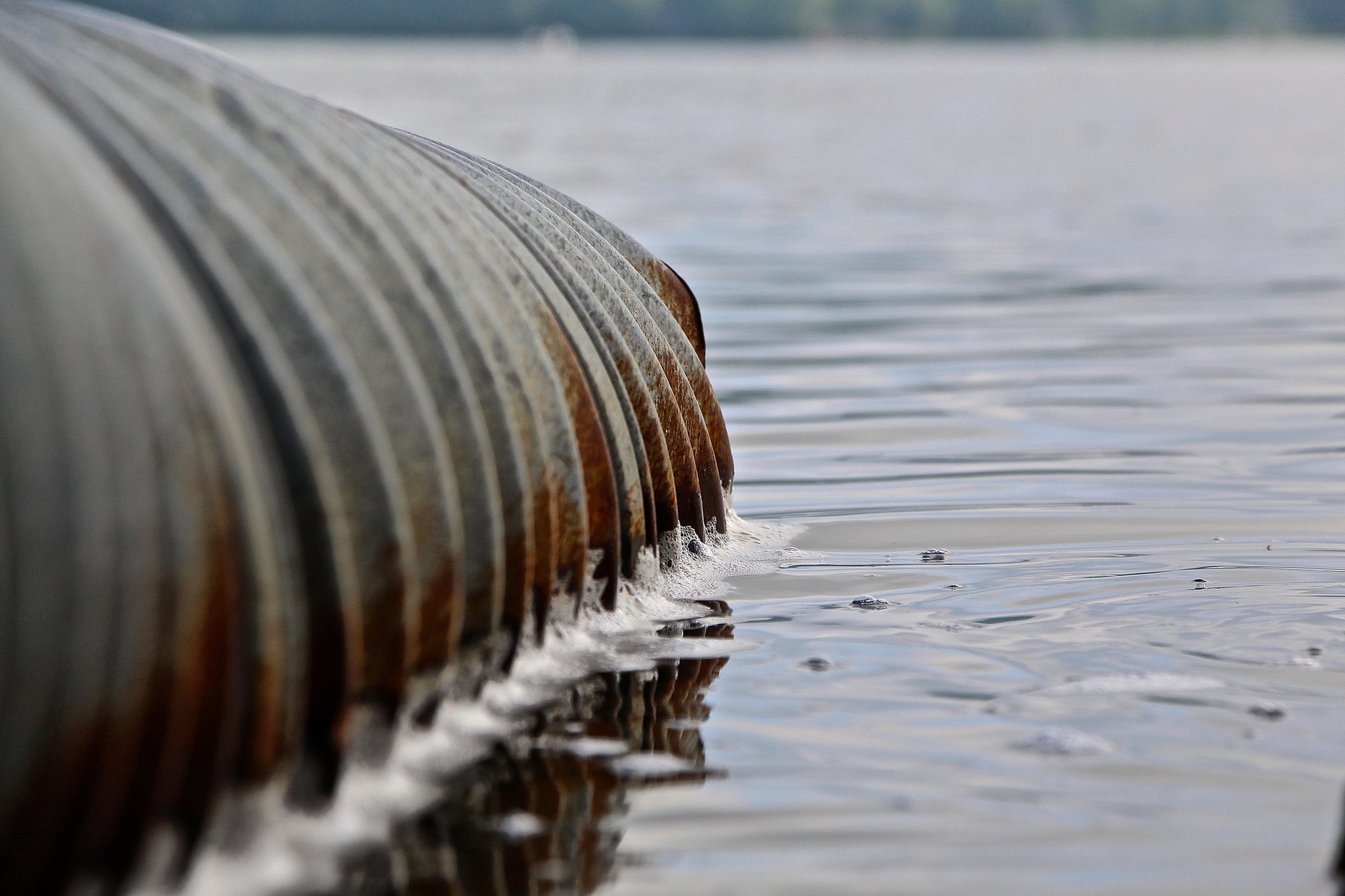Dane County is hoping to reduce lake algae using a first-of-a kind regulatory approach. Officials say wastewater treatment plants, farmers and cities will now work together to reduce phosphorus pollution.
Lakes in the Yahara watershed attract anglers, paddlers, Ironman triathletes and boaters, to name just a few. Despite the lakes’ heavy use, it’s largely been up to factories and wastewater treatment plants to prevent phosphorus pollution, as regulated under the Federal Clean Water Act. Farmers and municipalities operate under different rules. Joseph Britt is with the Sand County Foundation, which is funding a cooperative effort to clean up Dane County’s waterways:
“The Federal Clean Water Act has succeeded in what it was intended to do (control point source pollution) but the problem in our Madison (area) lakes is nonpoint source pollution.”
Stay informed on the latest news
Sign up for WPR’s email newsletter.
Phosphorus can get in the water many ways, including fertilizer runoff from farm fields. Farmers taking part in the initiative will take steps to reduce runoff, such as using grass buffer strips to shield streams and plant cover crops in the winter to prevent erosion. The Madison Metropolitan Sewerage District says these pollution prevention efforts will reduce their filtering costs by 75 percent. Dane County Executive Joe Parisi says this, in turn, will benefit ratepayers:
“Our Dane County farm families are saving city taxpayers tax dollars by being a partner in this and helping to address some of these issues upstream.”
The Madison Metropolitan Sewerage District also hopes to study different methods of leaf collection in hopes of keeping as much of it out of the lakes as possible, as leaves are a favorite food of algae.
Wisconsin Public Radio, © Copyright 2024, Board of Regents of the University of Wisconsin System and Wisconsin Educational Communications Board.




